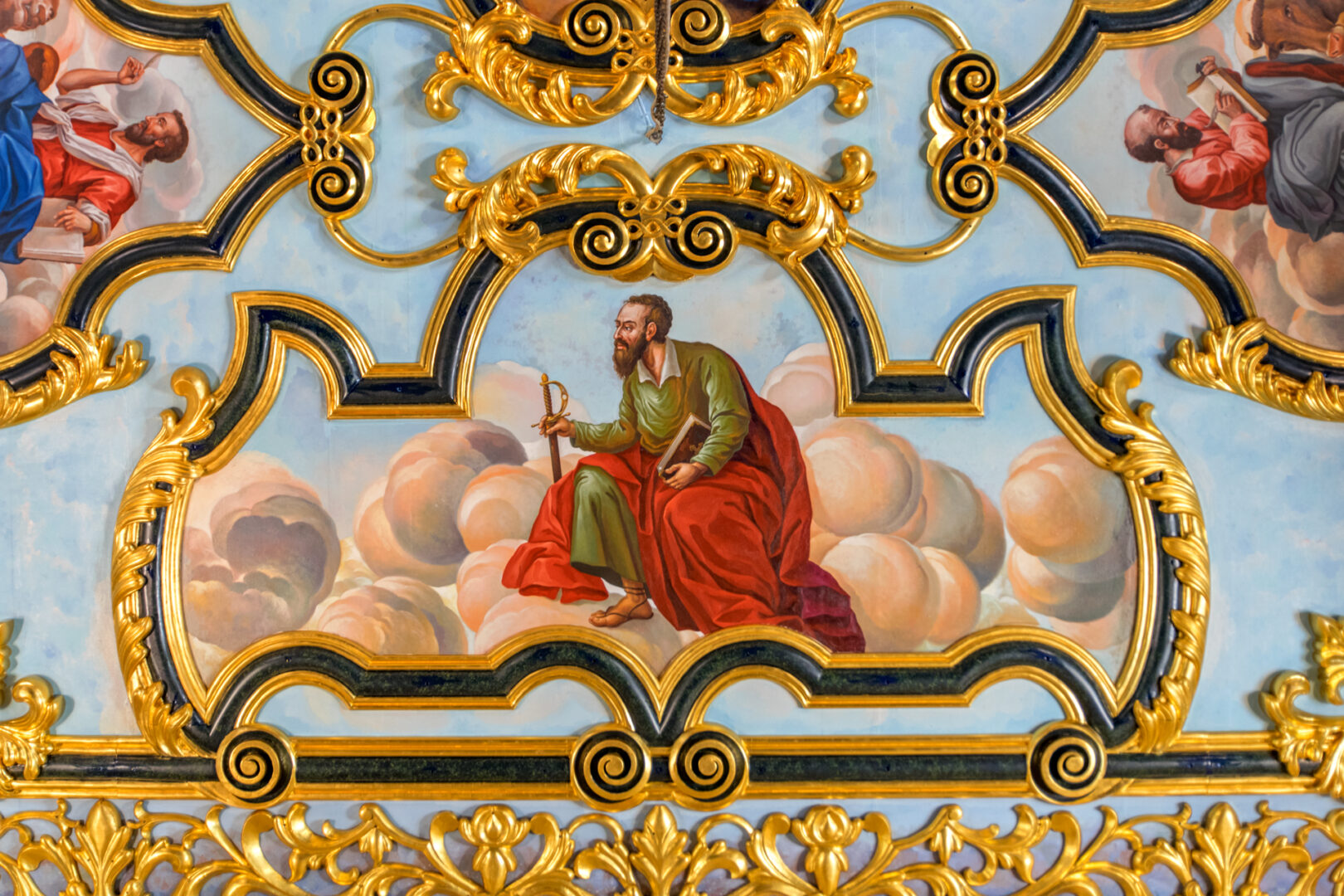
Painting in Zakynthos

In the fields of Fine Arts, Zakynthos (Zante) demostrates remarkable works, as in the island lived and engendered many great painters and icon-painters. Their style presented such an interest that soon, two important Schools were founded. These were the “Cretan-Zakynthian ” and the ” Heptanisian ” Schools.
Painting maily flourished after the arrival of the Cretan Icon-painter Michail Damaskinos at the end of the 16th century.
Together with other remarkable Cretan Artists they formed the ” Zakynthian School”, which was deeply influenced from the Italian Renessaince, and presented important works. The “Zakynthian School” opened new horizons for other forthcoming artists.
A very important role in the modulation of the Zakynthian painting, played the Cretan Style, which was adopted in such an extend that and soon the Cretan-Zakynthian School was created, which mainly characterizes Icon-painting in Zakynthos.
Another element that characterizes many works of the Zakynthian painting, is the Naturalistic Style, as a result of the great influence from the Italian Renessaince.
Combined with the Byzantine style, a new School was born, the famous ” Heptanisian School” which initially focused in Icon-painting but later on was enriched with works of social character.
As previously mentioned, the art of Painting in Zakynthos – Zante mainly focused in the field of Icon-painting, and created remarkable works, many of which are still found in the various churches or are exhibited in the Post-Byzantine Museum in the city of Zakynthos.
Most icons that decorate today\’s churches are works from the Cretan-Zakynthian School.
The most leading painters and icon-painters of that season include Dimitrios & Geroge Moshos, Manolis & Constantinos Tzanes and Stefanos Tsagarolas.
Later on artists include Panagiotis Doxaras, Nikolaos Koutouzis and Nikolaos Kantounis.
The artists of the 19th century have created remarkable works, most of which are nowadays kept in the Post-Byzantine Museum. The most important artists of the lastest period are the D.Tsokos, P. Plessas, the S.Pelekasis, and the G.Gryparis.